Nobel Prize-winning physicist Adam Riess has stated that he believes we may have “misunderstood the universe.” His latest comments come in a NASA blog post in which he discusses the “Hubble constant.”
The Hubble constant measures the rate at which the universe expands — or how quickly or slowly the universe grows. According to Riess, what physicists have long thought about an expanding universe may have been completely wrong.
The Problems With the Hubble Constant
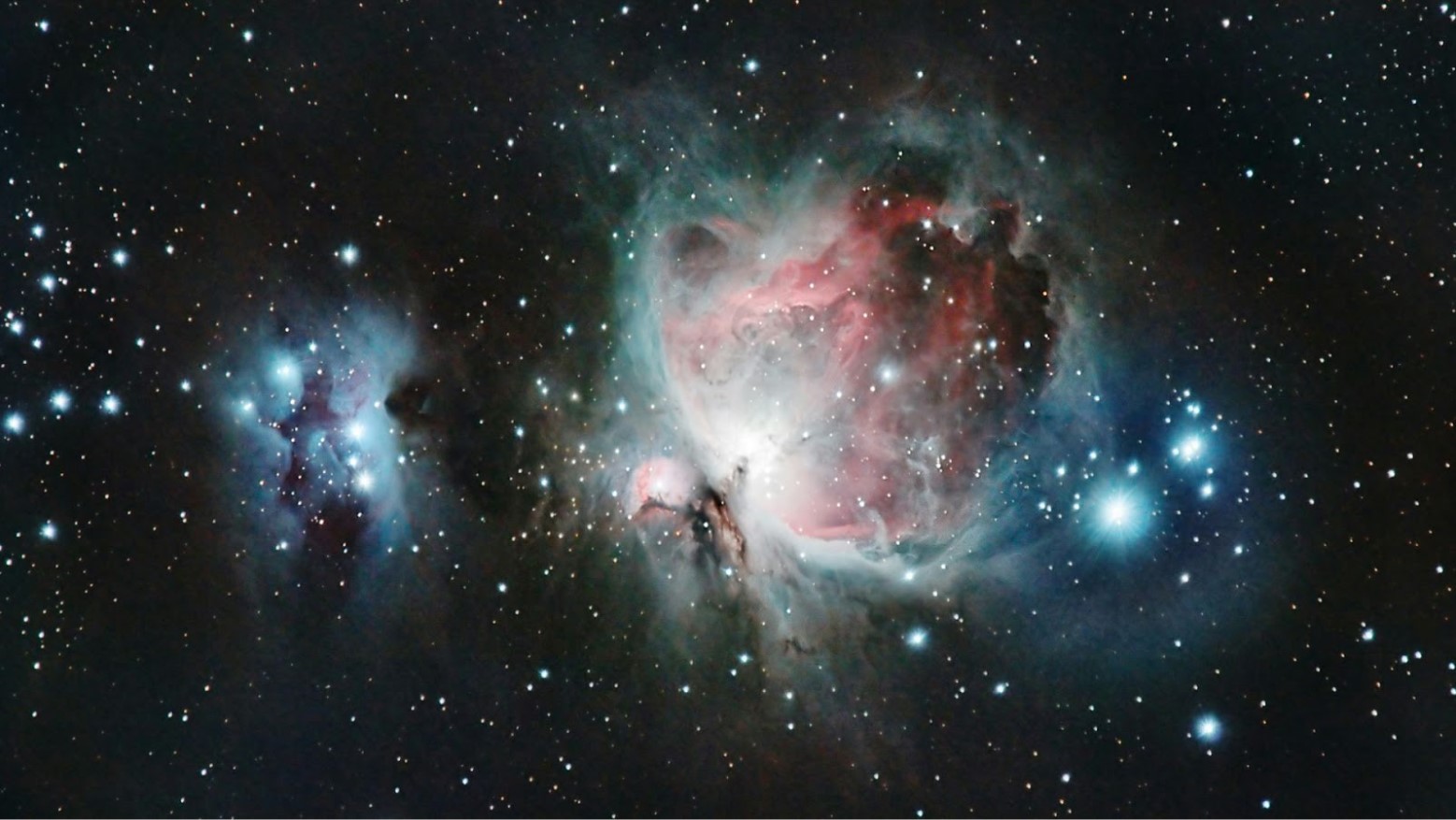
The Hubble constant has been problematic when measuring the universe for a while now. This is because, for decades, different instruments have measured the expanding universe.
However, these different instruments have come up with different values. There hasn’t been a constant in expansion or measurement at all. This occurrence has now been coined the “Hubble tension.”
Measurement Errors
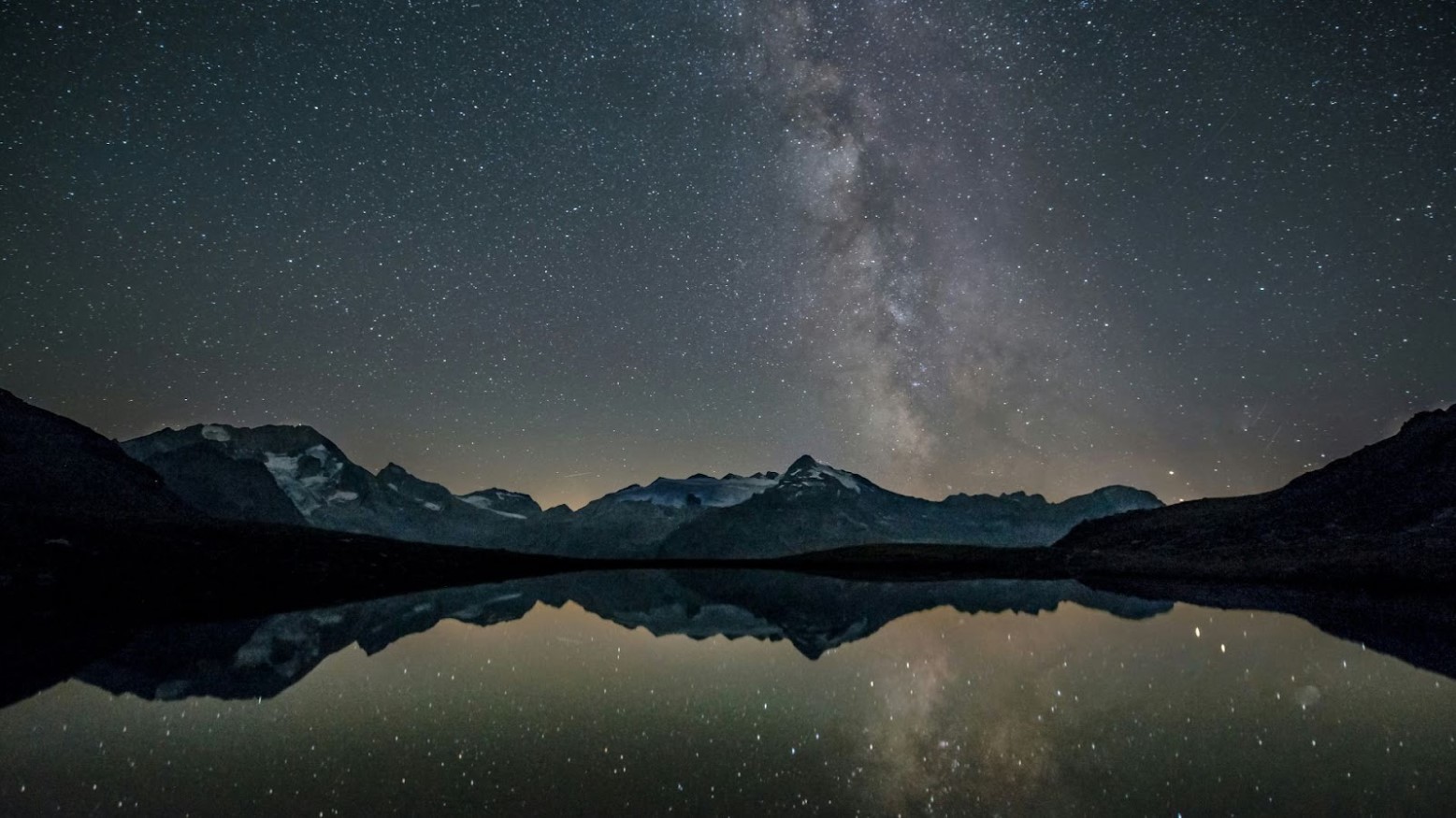
For a while, many scientists believed the measurement errors were a result of differing instruments. They believed that these instruments simply were not calculating correctly — and this is why the measurement of the universe was different across the board.
With the creation of the Webb telescope, scientists hoped to finally put to bed the Hubble constant and its many problems. However, this didn’t happen.
The First Mission
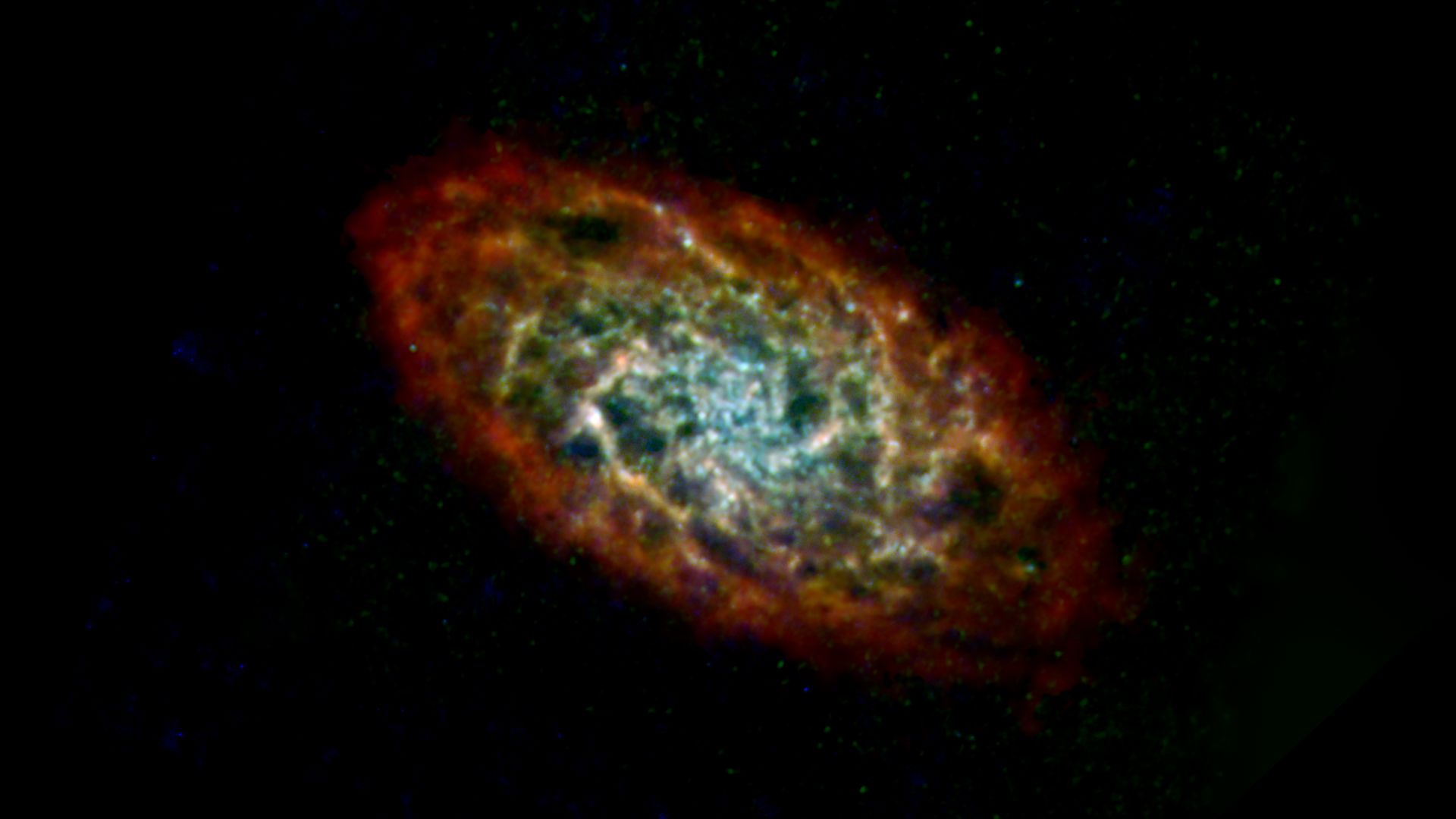
Though scientists have been theorizing about the expansion rate of the universe for decades now, the theory wasn’t repeatedly put to the test until rather recently. The first European mission to do so was conducted during the European Space Agency’s Planck mission.
This study was done from 2009 to 2013. During this mission, scientists analyzed the relic radiation that resulted from the Big Bang.
Looking at the Big Bang
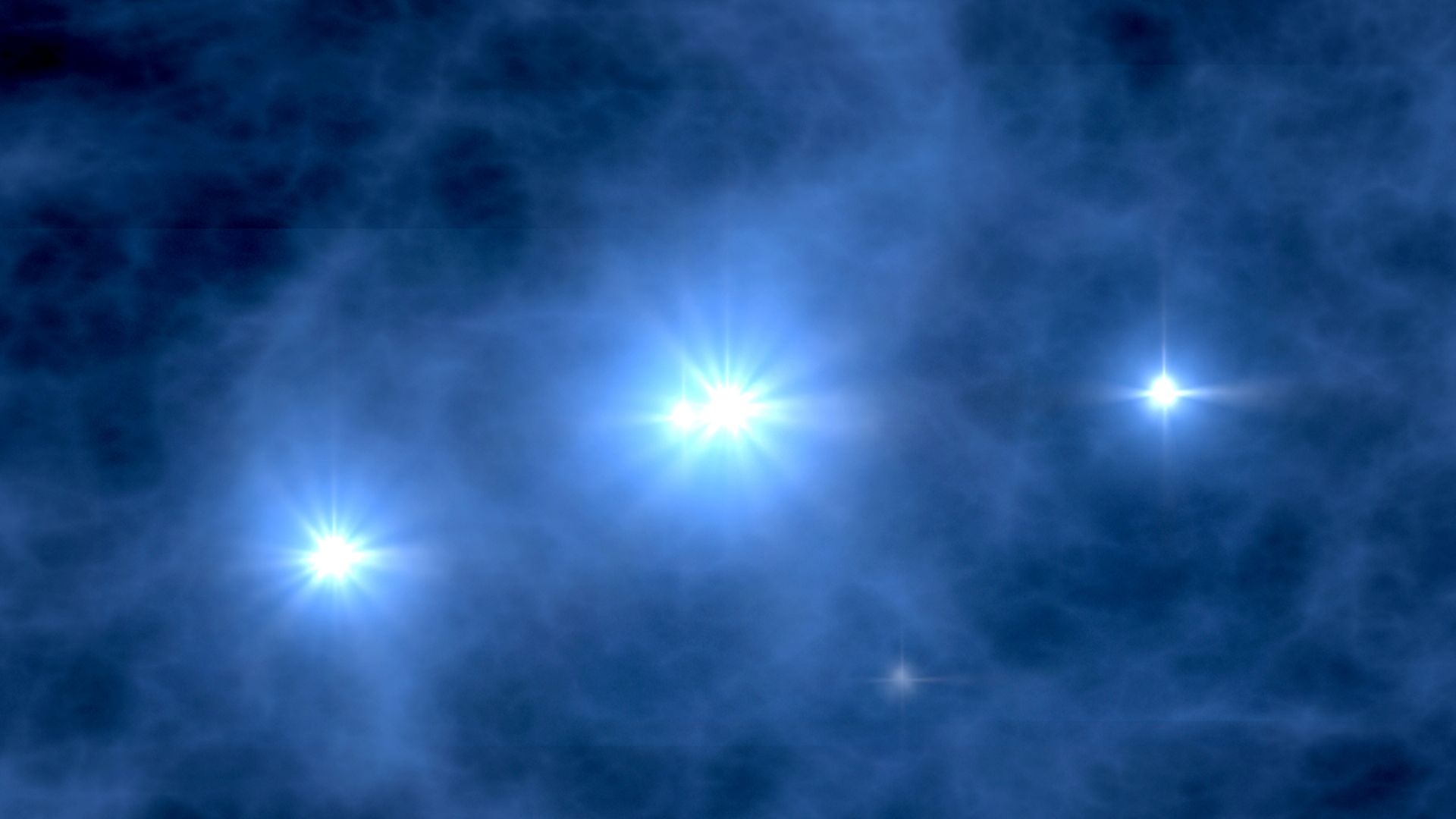
By looking at the Big Bang, astronomers were hoping to better understand the origins of the universe. By understanding these mysterious origins, scientists can then look at how the universe expands.
However, this mission resulted in different estimates from before — the Hubble tension. Each estimate was about 10% apart from the other.
A Younger Universe
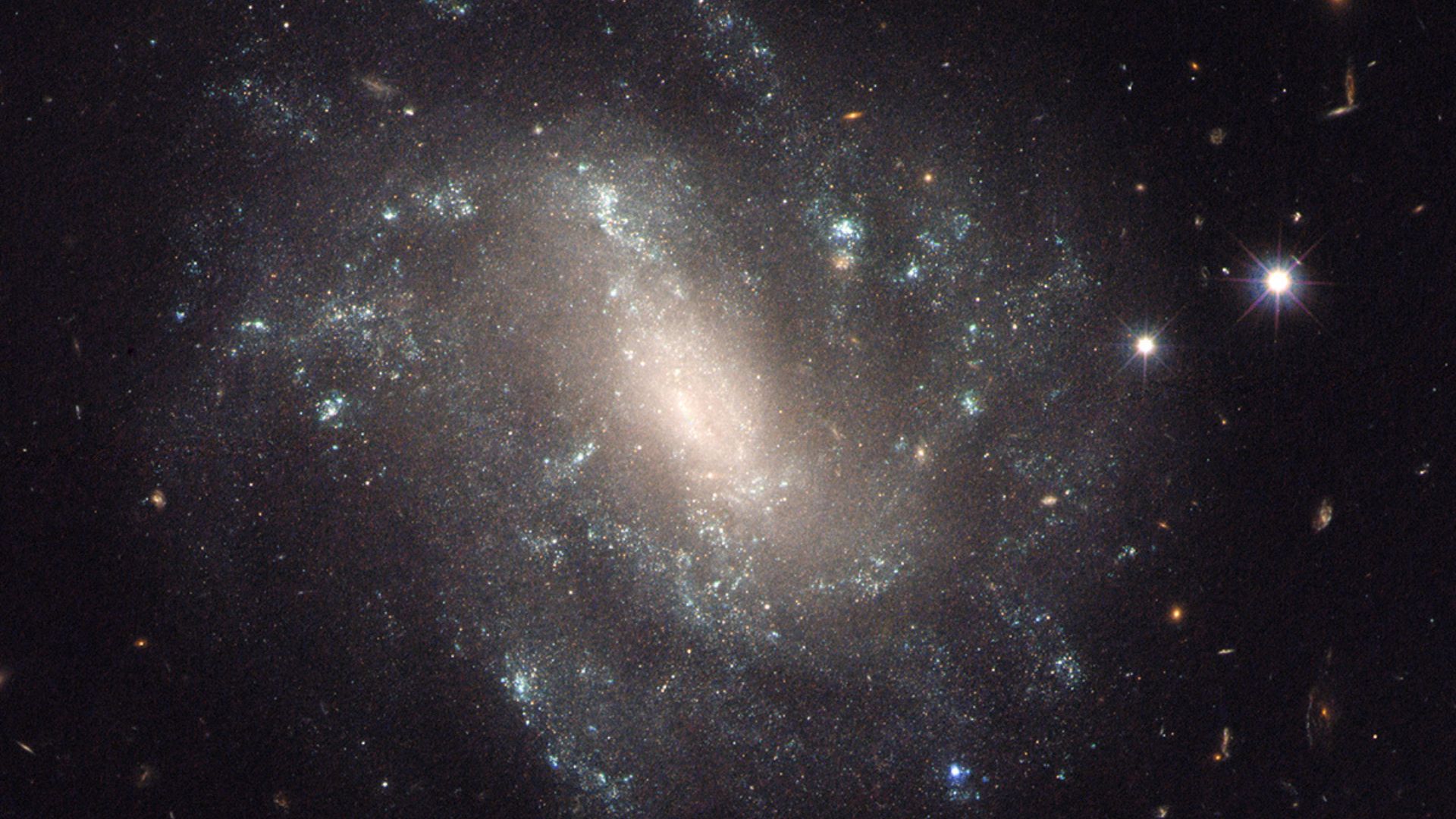
Does it matter if the estimates are only slightly off? Completely. Scientists want accurate measurements across the board. Otherwise, it throws everything off.
For example, if this European mission is correct, then the universe is about 10% younger than scientists have long claimed it is. That would change some of the very foundations of what we all think we know about the Big Bang — and about the entire universe.
The Next Steps
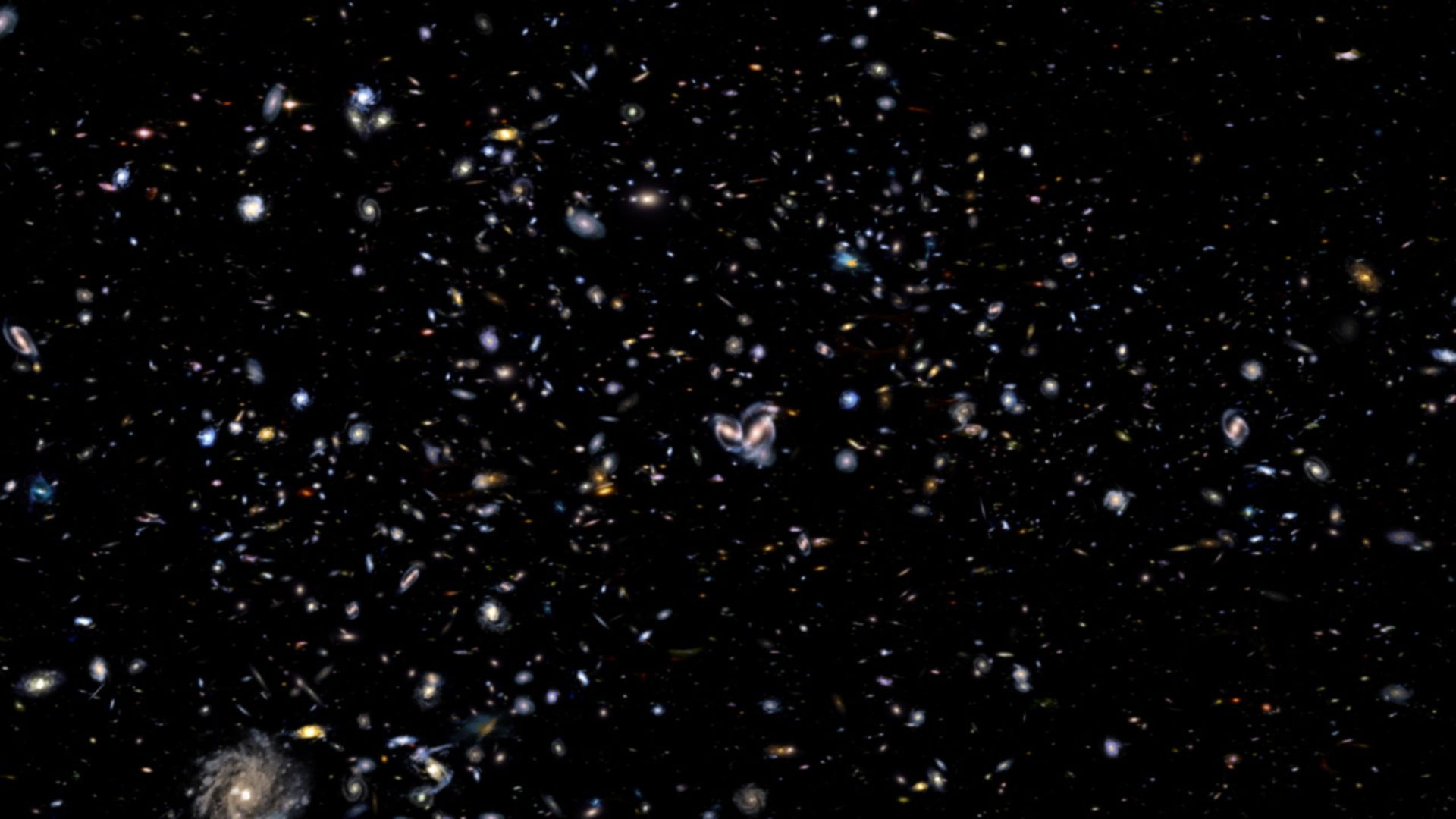
After this European effort, as well as other Hubble measurements, scientists were stuck on what to do. After all, they couldn’t get an accurate estimate from one instrument to another.
Some researchers immediately began to speculate that they needed to think more about the physics they knew — and perhaps change it. Others were convinced the instruments were faulty. However, now, with this new NASA revelation, scientists have realized that the instruments weren’t wrong at all.
Hubble and James Webb Telescopes
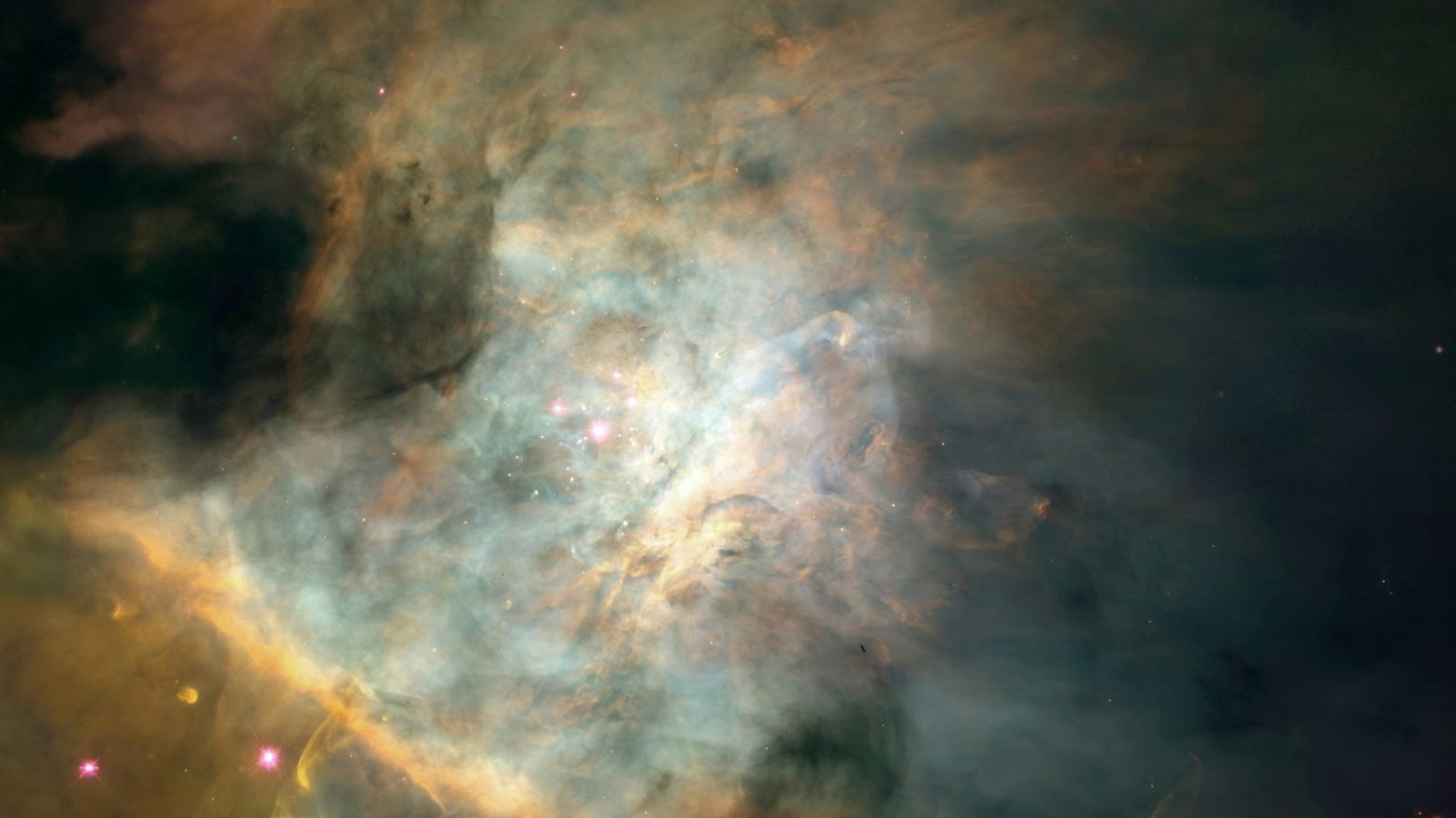
To get to the bottom of this all, NASA used their Hubble Space Telescope and James Webb Space Telescope together to find accurate, final results about the expansion of the universe.
Using two of the greatest and most powerful telescopes ever invented, they were sure to get an answer. They did. Though definitive measurements could not be found with other instruments, the Webb telescope proved the Hubble had been right all along. It hasn’t been emitting errors, as many thought.
Measurement Errors Aren’t to Blame

This has led NASA and Riess to realize that measurement errors aren’t to blame for the differing measurements from the various instruments.
“With measurement errors negated, what remains is the real and exciting possibility we have misunderstood the universe,” Riess explained.
The Universe Is Expanding Quickly
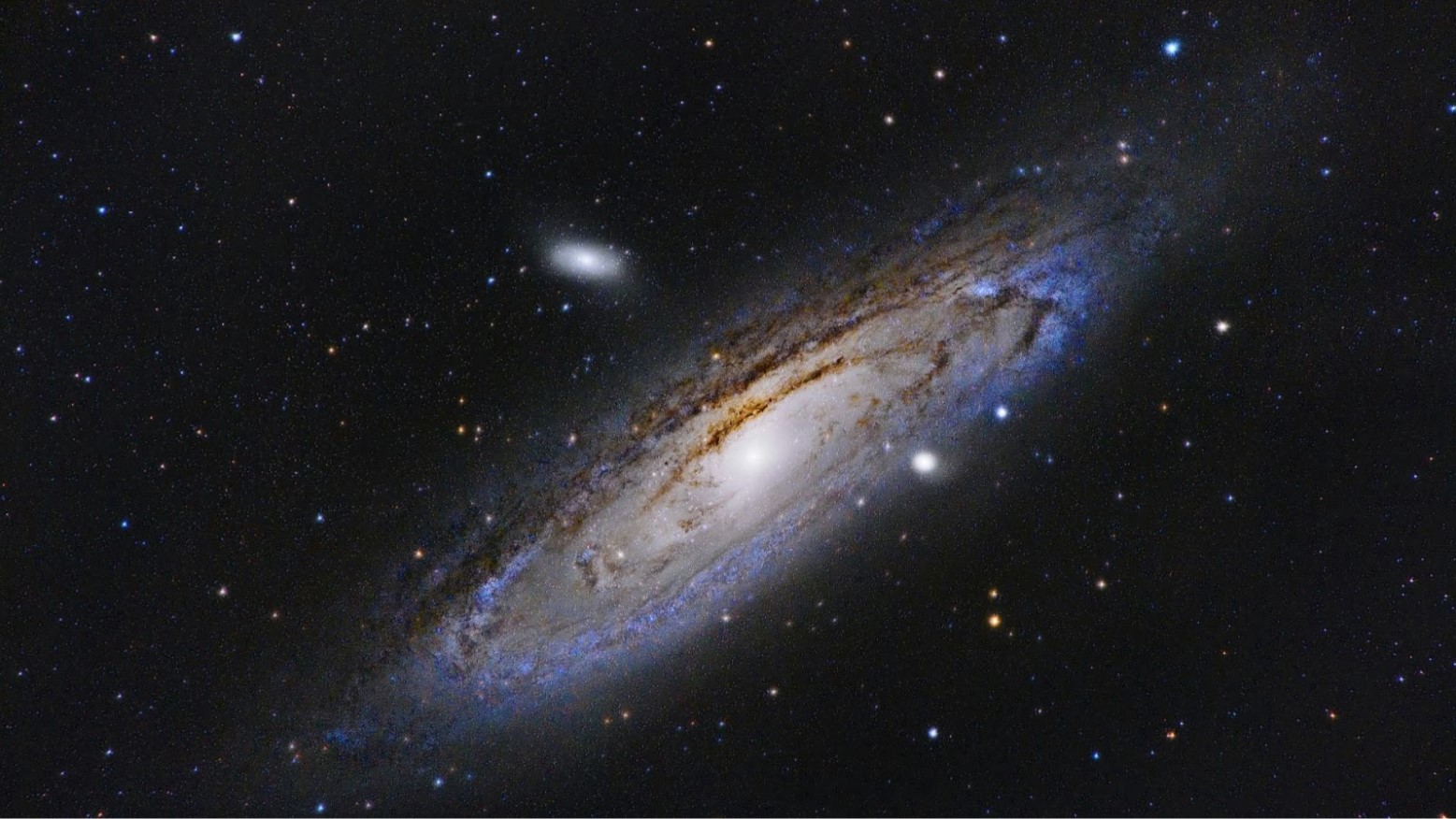
Thanks to this new study conducted by the Hubble and Webb telescopes, the Webb telescope was able to confirm what Hubble has said before — the universe is expanding quickly, at a much faster rate than scientists ever thought possible.
This quick growth of the universe has shocked many scientists. “We wouldn’t call it a tension or problem, but rather a crisis,” Nobel Prize-winning astronomer David Gross said.
What Is Changing the Estimates?
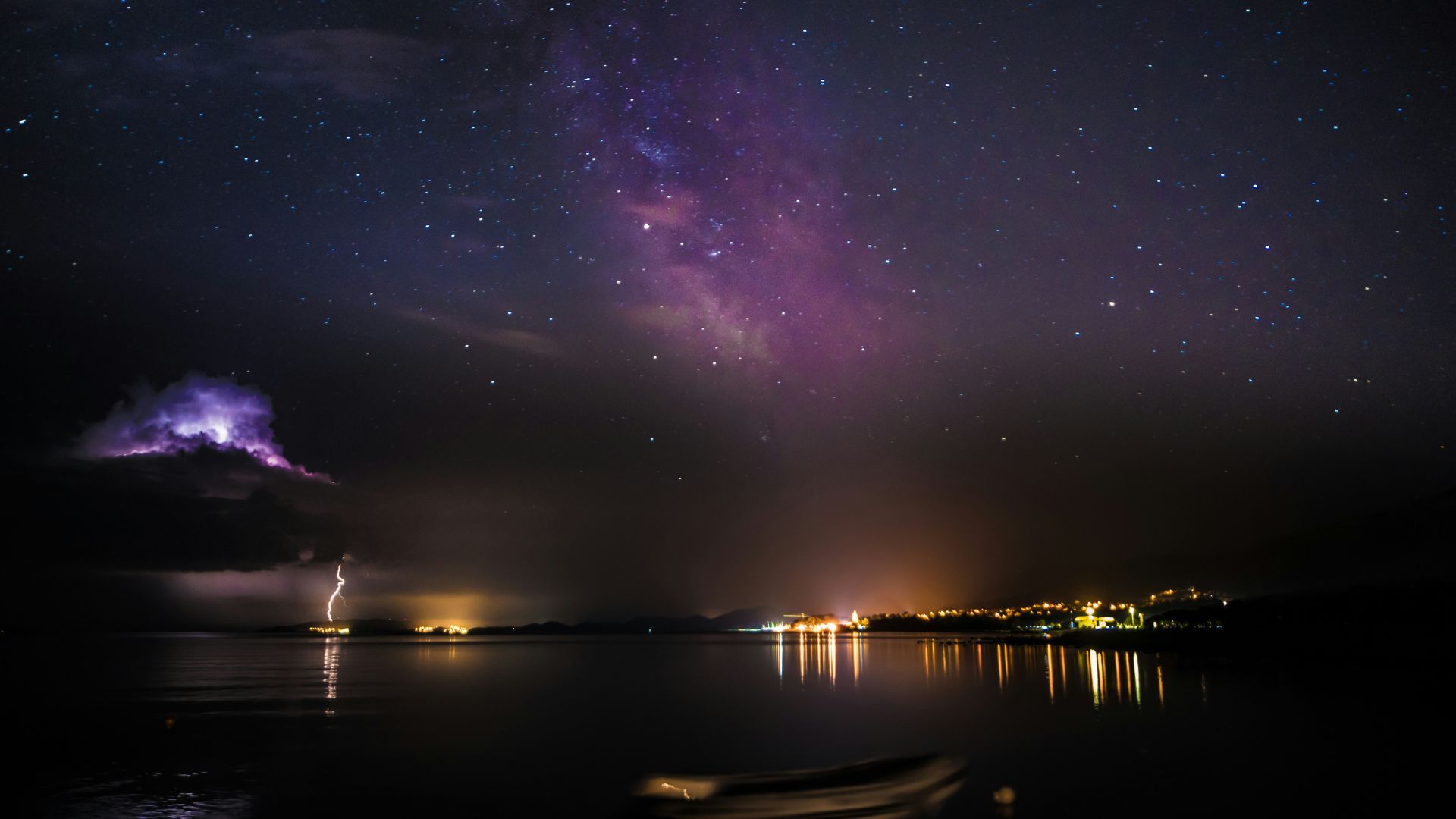
Now that the Webb and Hubble telescopes have determined that faulty instruments aren’t to blame, scientists now know that something is affecting the fluctuating estimates. What?
That’s the question. The answer hasn’t yet been discovered, though theories abound. Scientists will likely next be working on solving this particular mystery.
The Cosmic Distance Ladder
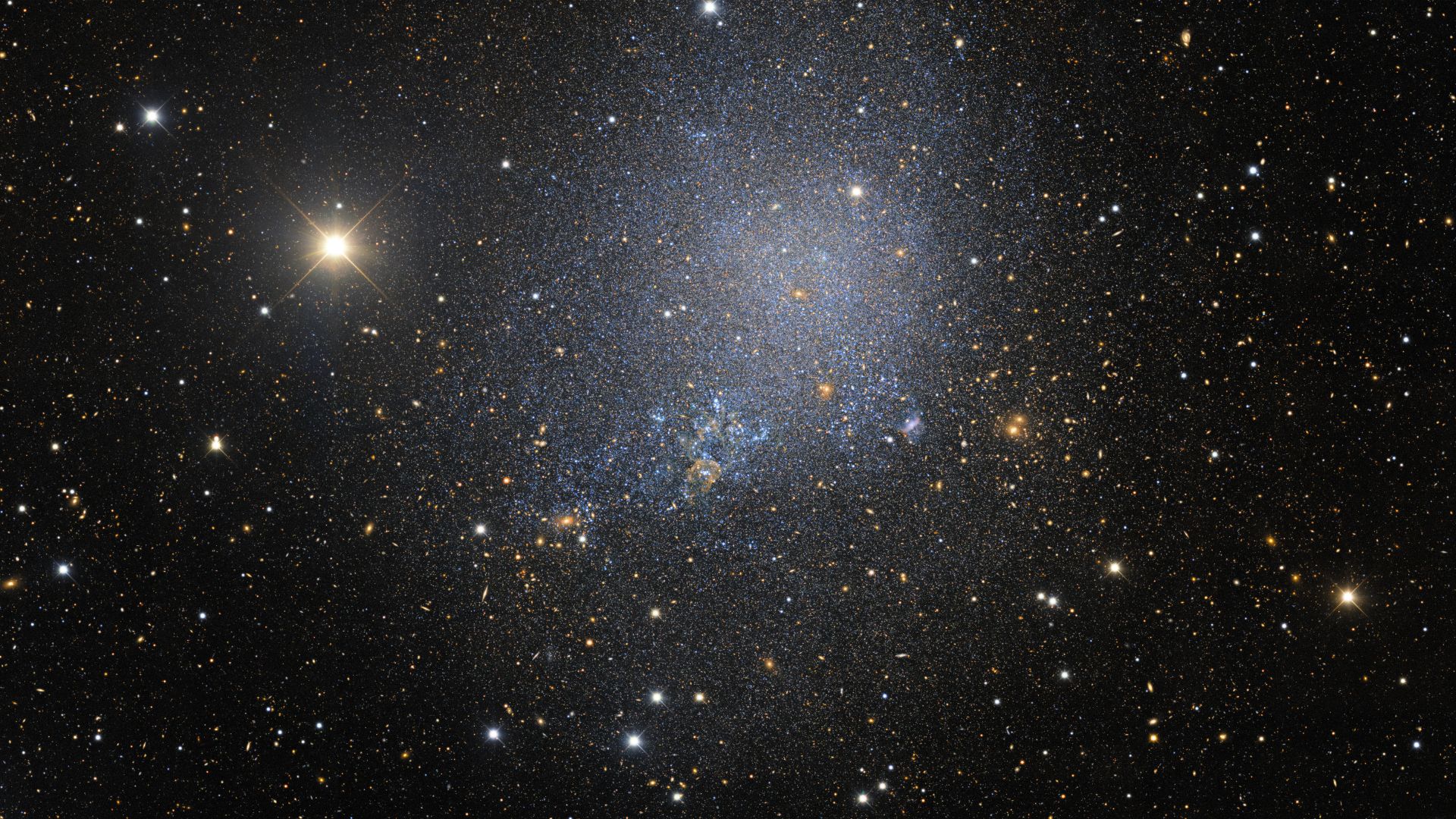
To uncover these new findings, Riess and his team measured Cepheid variable stars and their distances. To make these discoveries, they used the technique known as “the cosmic distance ladder.”
Measurements were taken from five different host galaxies, including NGC 5468. This specific galaxy is about 130 million light years away from us.
Measuring Previous Hubble Estimates
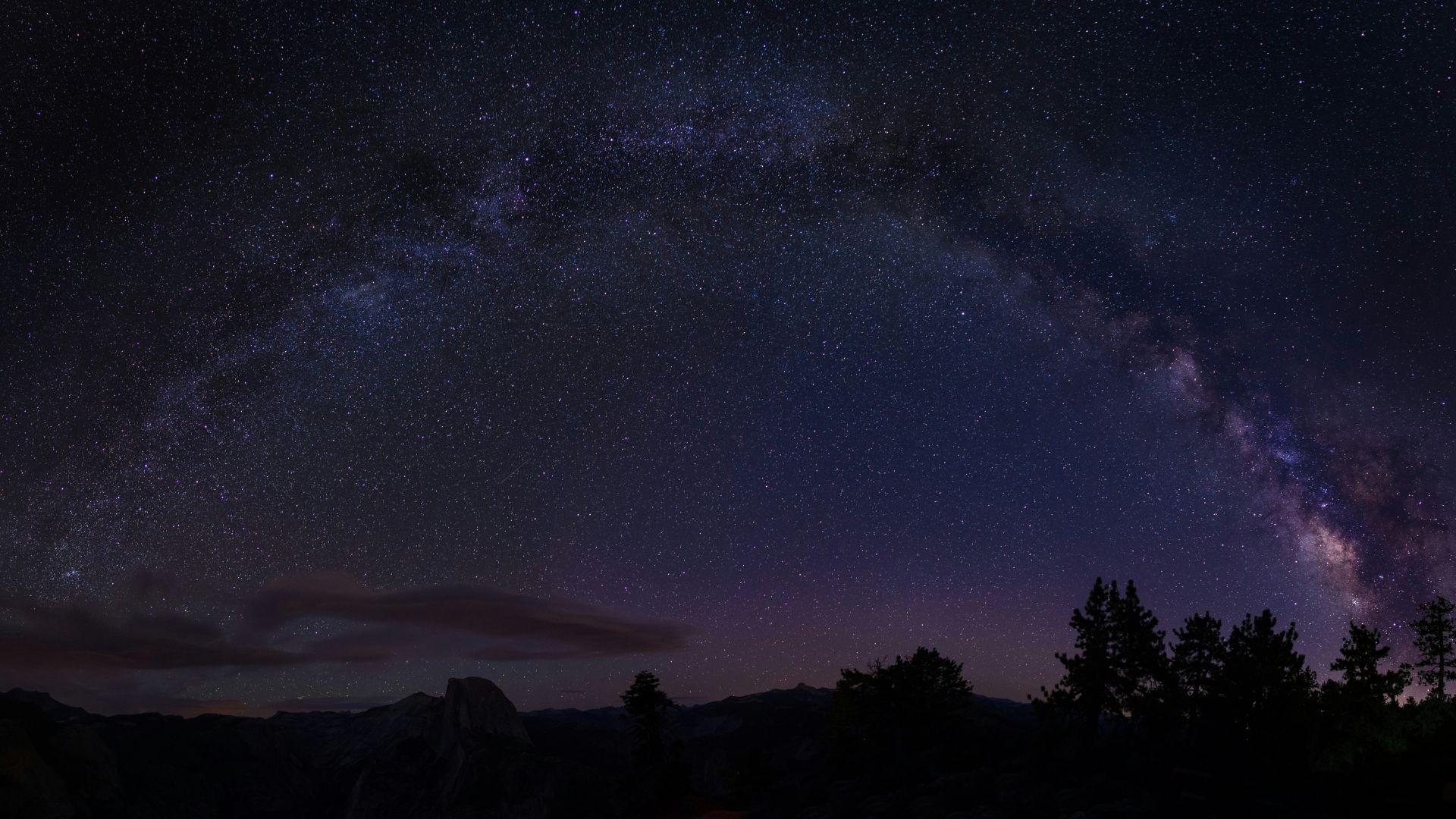
Scientists then used the highly advanced Webb telescope to make the same measurements that the Hubble previously did. They did this in order to find out if the Hubble was right all along — even though other instruments estimated the Hubble was wrong.
Researchers using the Webb confirmed that the Hubble’s previous estimates were right. The measurements are all consistent with one another.
The Hubble Was Right

Therefore, this study has revealed that the universe is expanding at the rate of the Hubble constant, which is 73 kilometers per second per megaparsec. The Hubble tension has been ruled out by the Webb telescope.
“We’ve now spanned the whole range of what Hubble observed, and we can rule out a measurement error as the cause of the Hubble Tension with very high confidence,” Riess explained. “Combining Webb and Hubble gives us the best of both worlds. We find that the Hubble measurements remain reliable as we climb farther along the cosmic distance ladder.”
Questions Remain
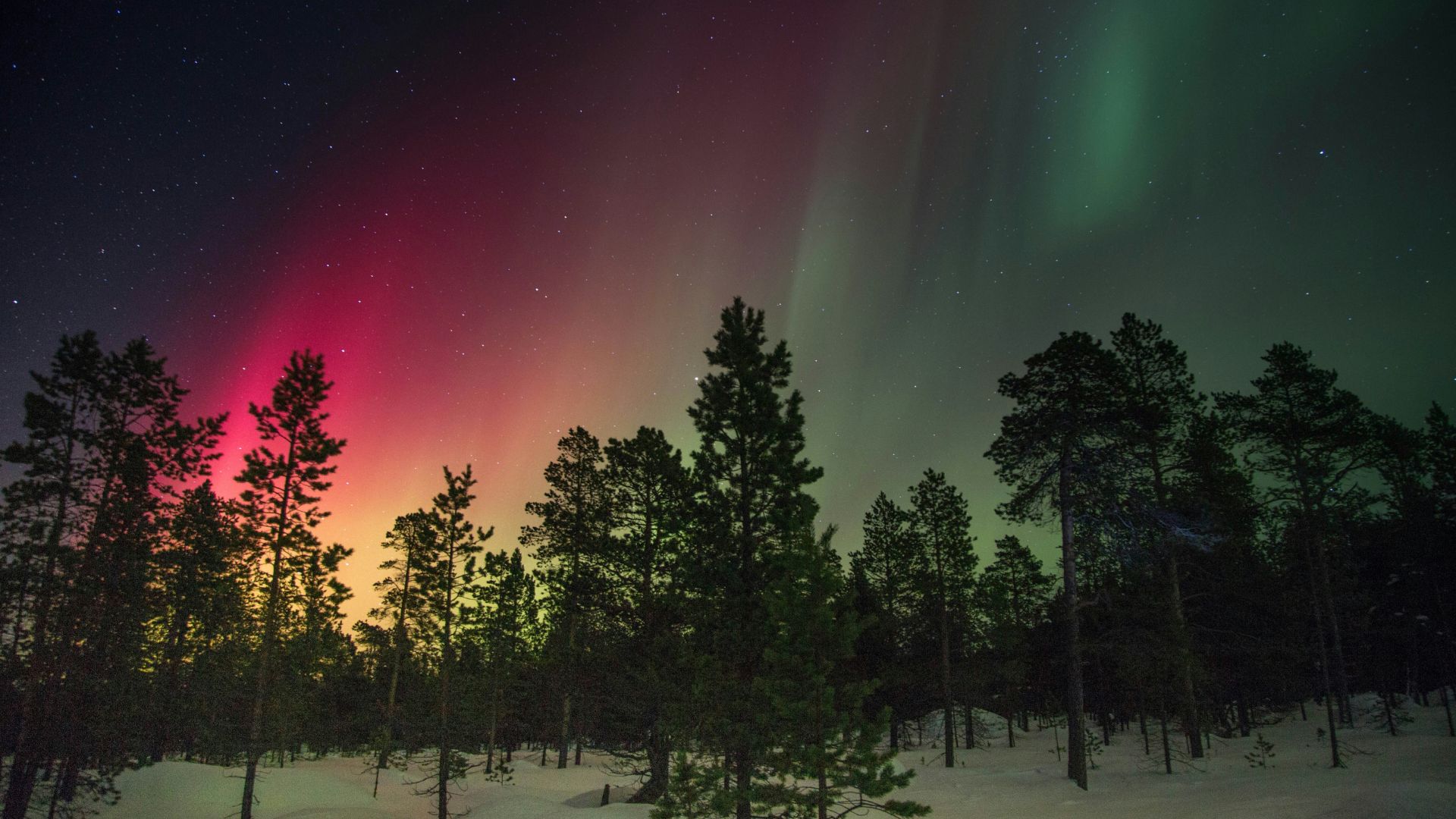
While it appears the Hubble and the Webb telescopes are aligned in their findings so far, many questions still remain. For example, why are other instruments finding different estimates in the expansion of the universe?
Scientists also haven’t ruled out the Hubble tension. This new study only proves that the Hubble tension remains, as other instruments cannot find a definitive measurement with these telescopes.
What Scientists Wanted to See

Some scientists wanted to see different results. They were hoping that the Webb telescope would reveal what many long believed — that the Hubble was completely off in its initial assessment.
Now that the Webb telescope has proved the Hubble right, much of what scientists believed in when it comes to the expansion of the universe has changed.
Riess and the Universe’s Expansion
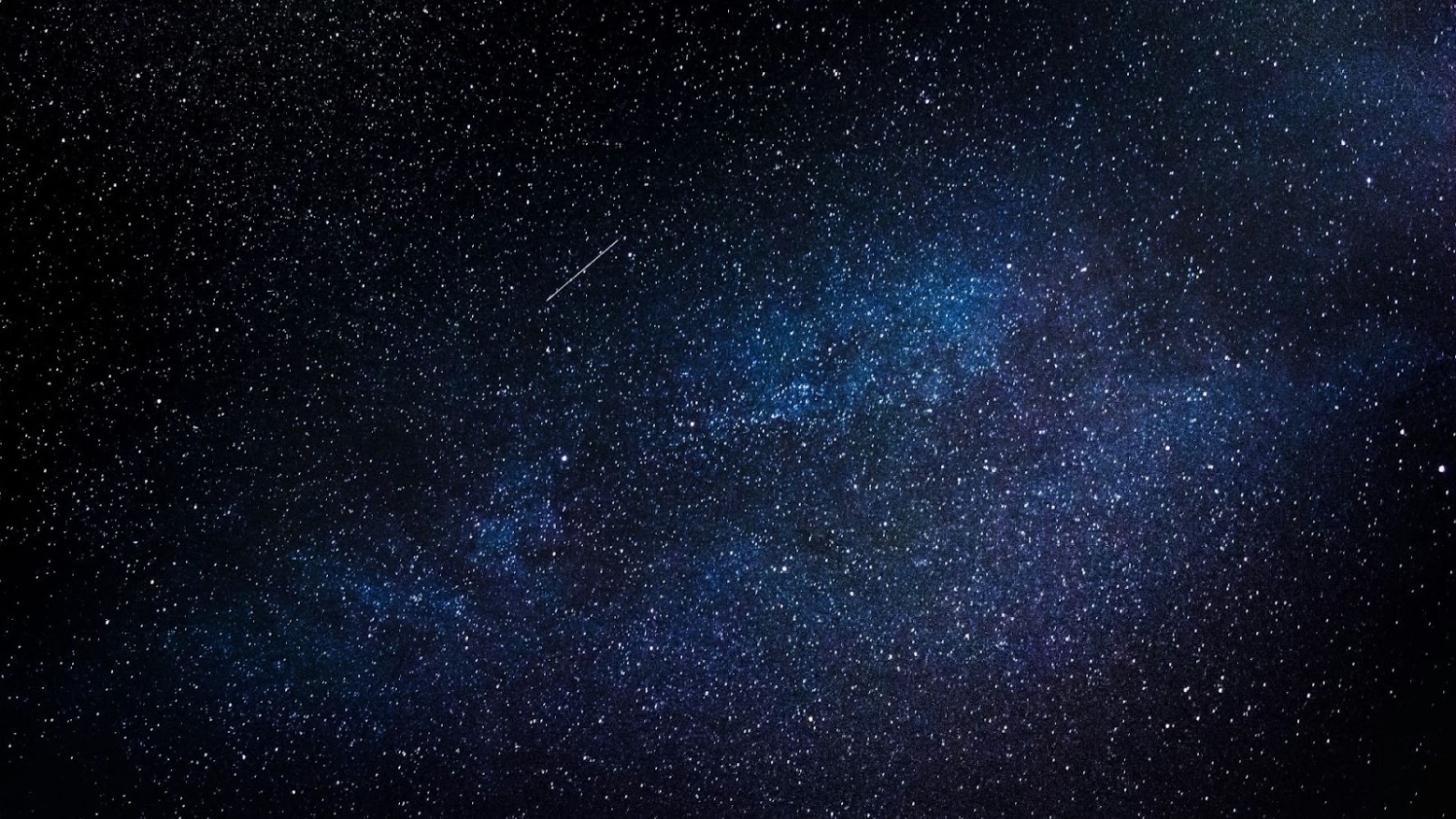
Riess is no stranger to questions about the expanding universe. The physicist co-discovered the fact that the universe’s accelerating expansion is due to what scientists call “dark energy.” Riess earned his Nobel Prize for this discovery.
Dark energy remains a rather mysterious phenomenon, as there isn’t much known about it. However, astronomers believe this energy is a counterpart to gravity. It has the capability to exert negative pressure and stretch the spacetime of the universe.
Dark Energy Hasn’t Been Measured
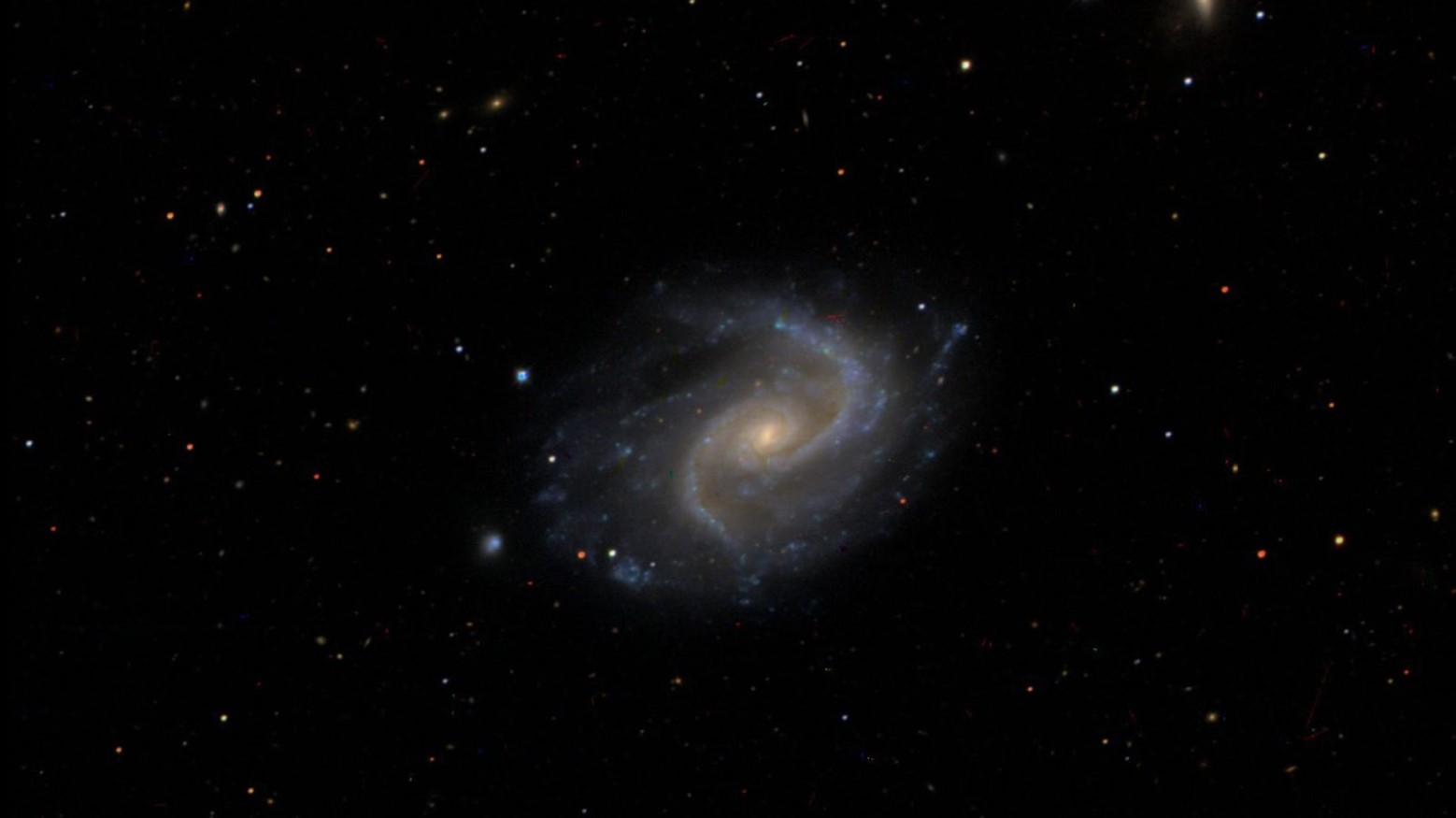
Dark energy and dark matter cannot be directly detected. As a result, scientists have not had the chance to measure or observe it. This has led some physicists to declare the universe has no dark matter.
However, the hypothetical dark energy remains a constant for many in the science community. Some studies have even taken a look at both dark matter and dark energy.
Dark Matter
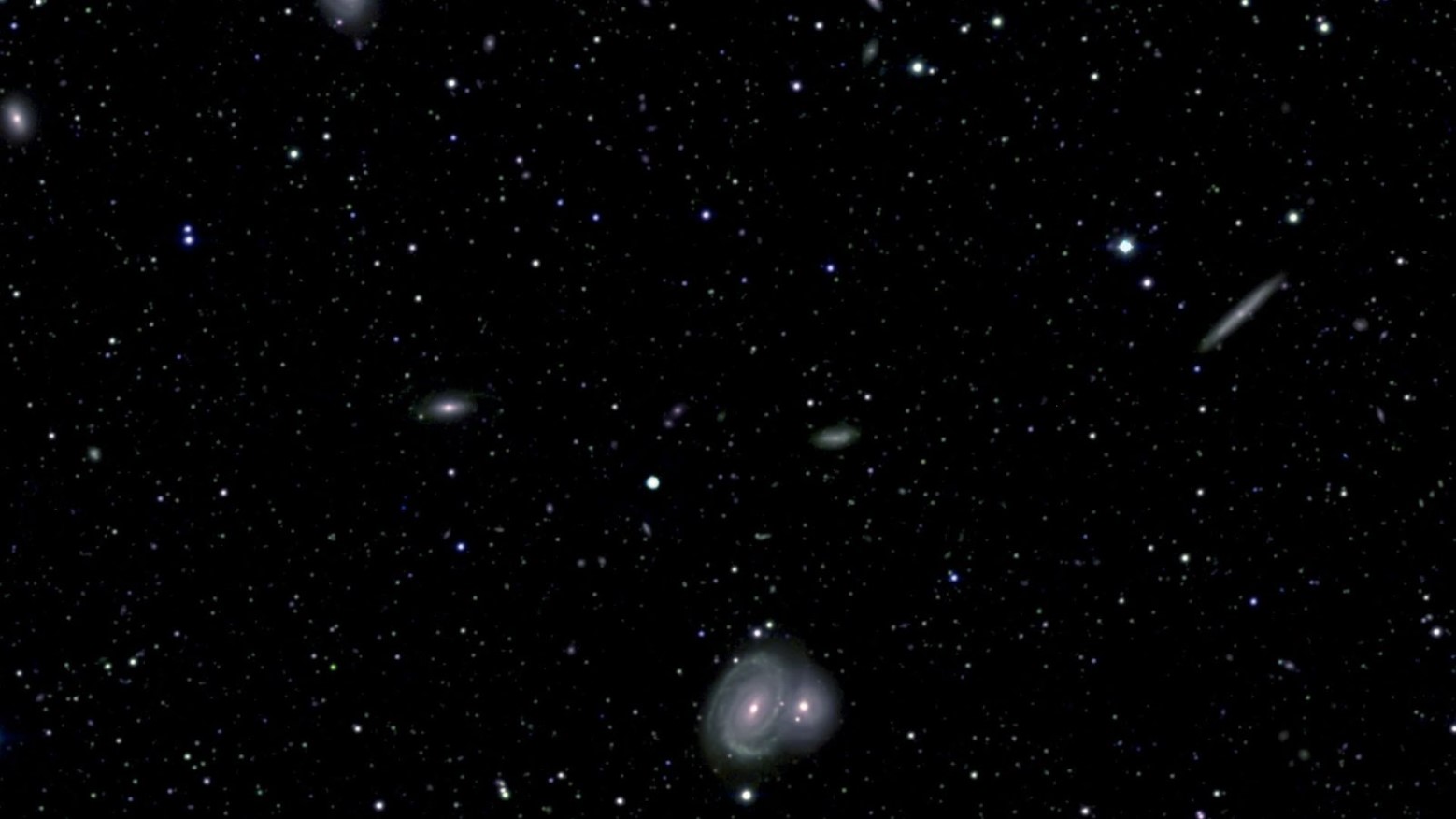
While dark matter is similar to dark energy in that it isn’t visible, both ideas are very different. Dark matter is thought to make up about 95% of the universe. Dark matter does not interact with light, as other matter does.
Scientists believe that dark matter pulls things together. Meanwhile, dark energy pulls things apart.
Dark Energy and the Universe

A recent study in 2023 took a look at the Hubble tension and dark matter and dark energy. This study found that many of the theories about both dark matter and dark energy persist in their research.
“We’ve combed over the data,” co-author Dillon Brout said, “and can now say with more confidence than ever before how the universe has evolved over the eons and that the current best theories for dark energy and dark matter hold strong.”
Hubble Tension Remains
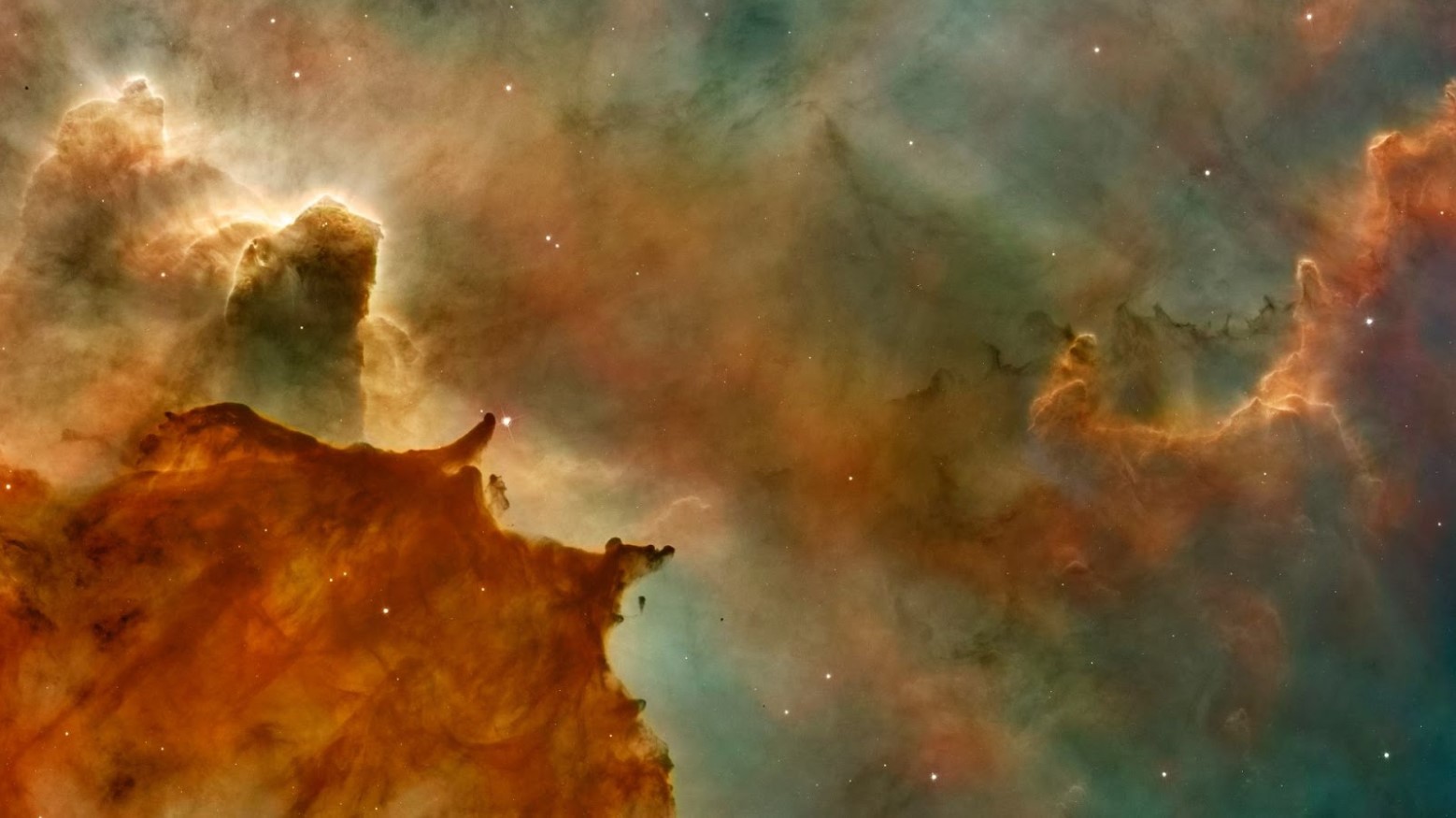
However, these physicists also couldn’t solve the issue of the Hubble tension. Measurement inaccuracies remained, even though they tried to take into account the dark matter and dark energy of the universe.
“It certainly indicates,” Brout said, “that potentially something is fishy with our understanding of the universe.”
A New Look at the Universe
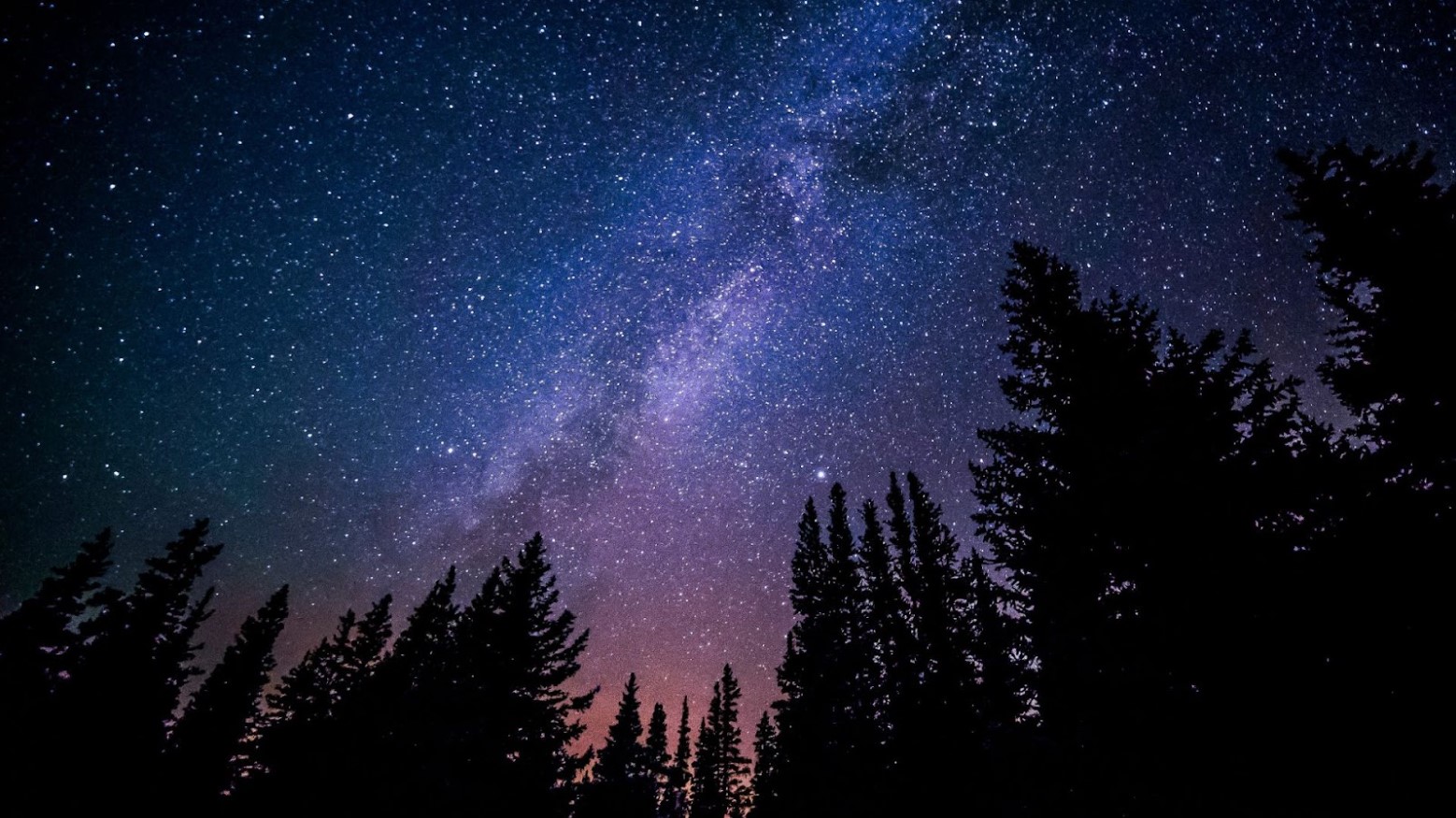
With these past studies and the Webb telescope’s latest findings, Riess and other NASA astronomers appear set to further their research into the universe’s expansion — even if science has gotten it wrong for the past many decades.
Now, researchers will look into how the universe’s expansion may have changed during the Big Bang. “We need to find out if we are missing something on how to connect the beginning of the universe and the present day,” Riess explained.
How the Hubble Tension Can Be Solved
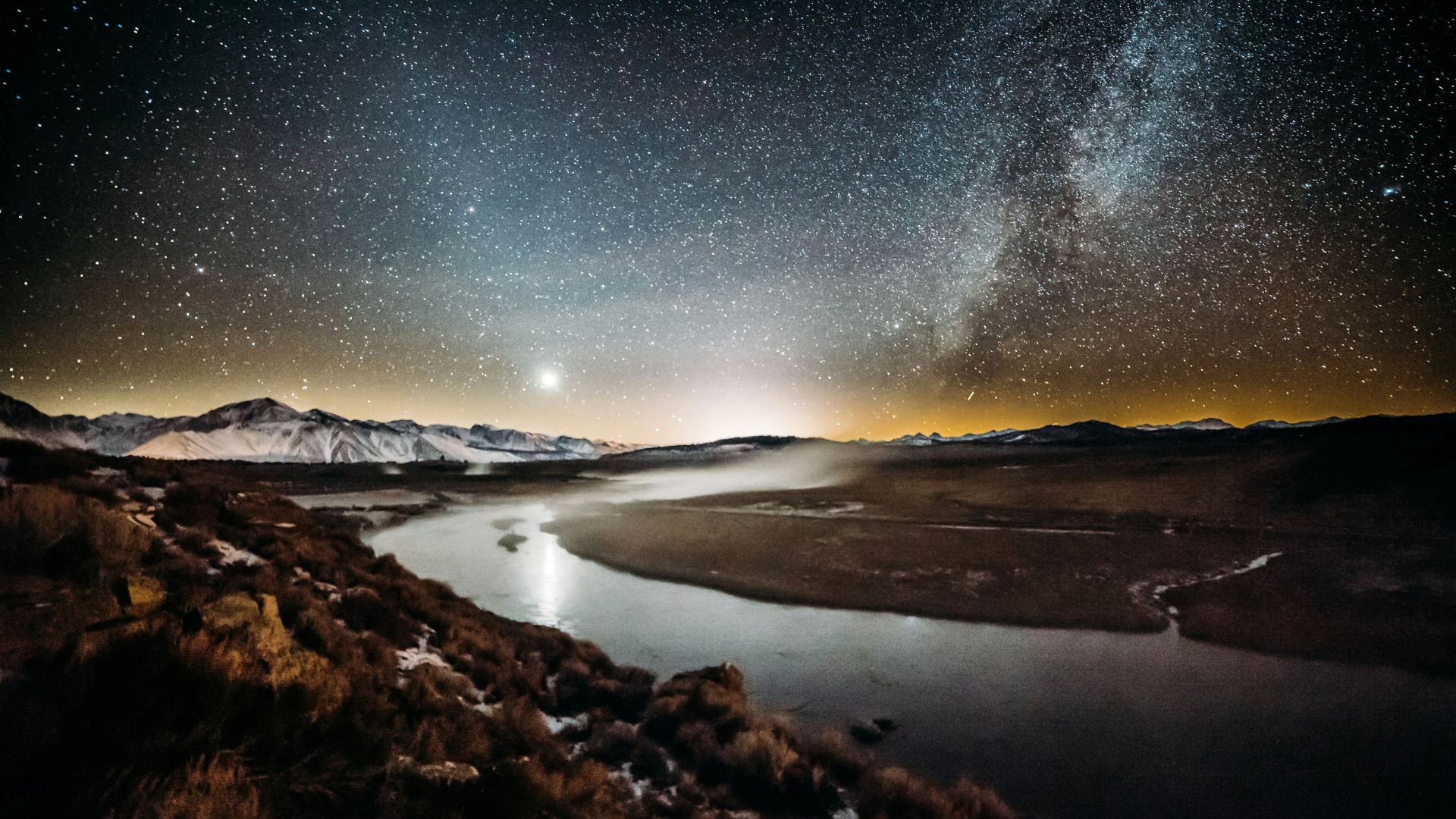
While this latest discovery may have thrown some scientists for a loop, there are some ways that the Hubble tension can be resolved, once and for all.
The European Space Agency’s Euclid Space Telescope could provide some answers in the near future. Launched in July 2023, this mission will look at how our universe has expanded over the course of its history. It will also look at how gravity, dark energy, and dark matter may have played roles in this expansion.
A New NASA Telescope
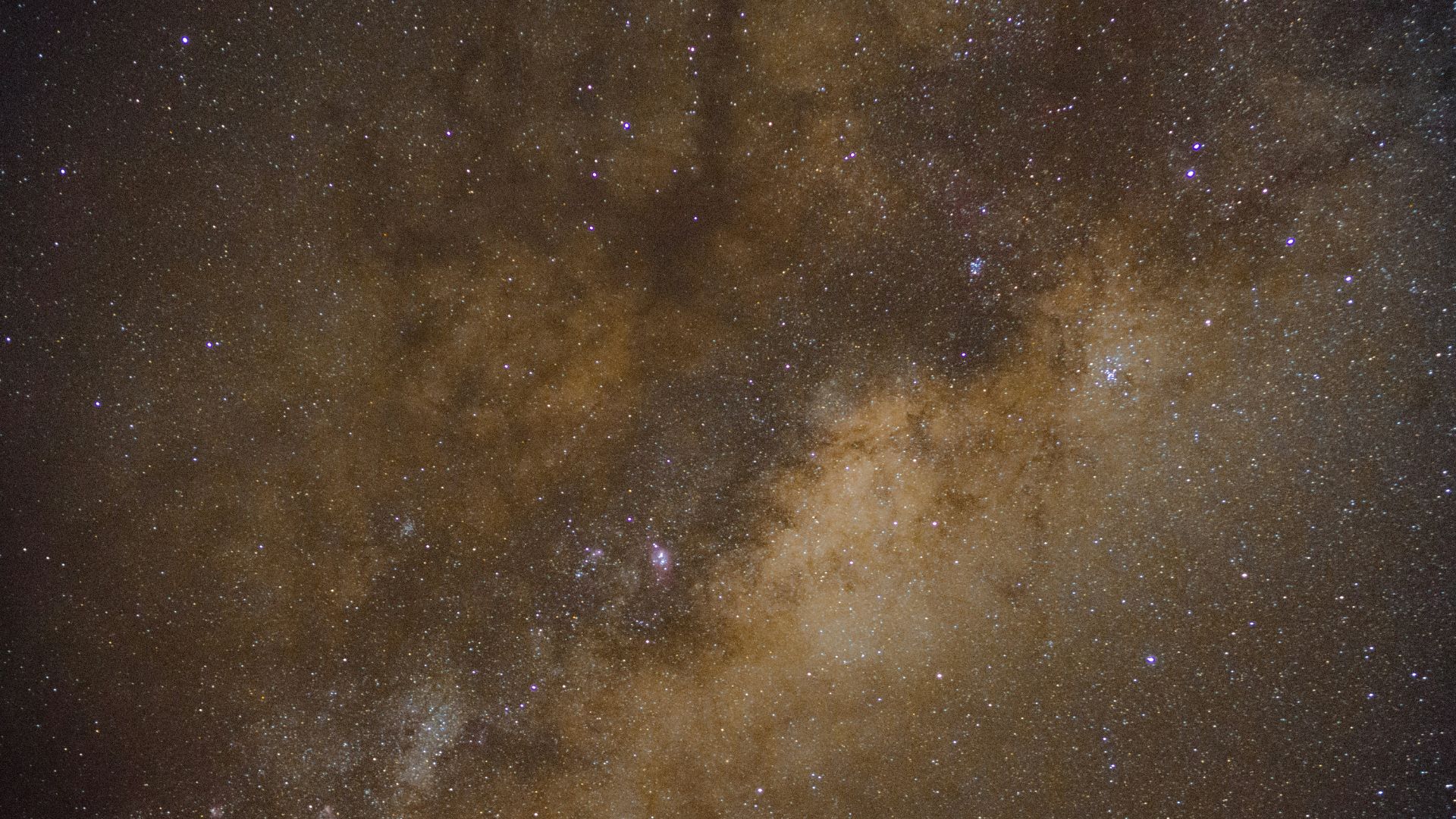
Another new instrument that could solve the Hubble tension will launch in May 2027. This new NASA tool, the Nancy Grace Roman Space Telescope, is supposed to have a 100 times wider view than the Hubble.
These new telescopes could be able to look at the cosmic distance ladder estimates that the Webb telescope has looked at. When this ladder is measured amid the afterglow of the beginning of the universe, the Hubble tension could officially be solved.
